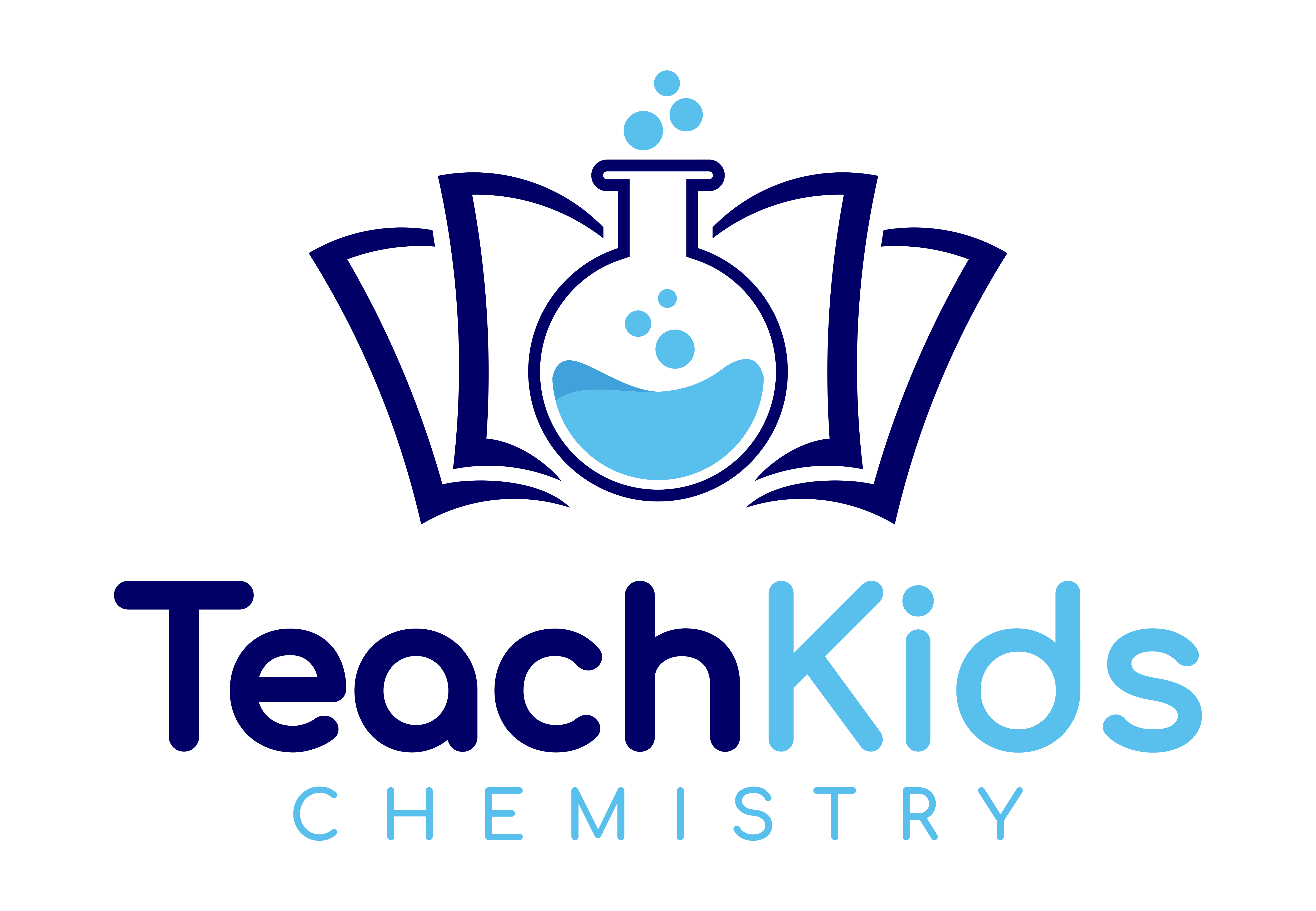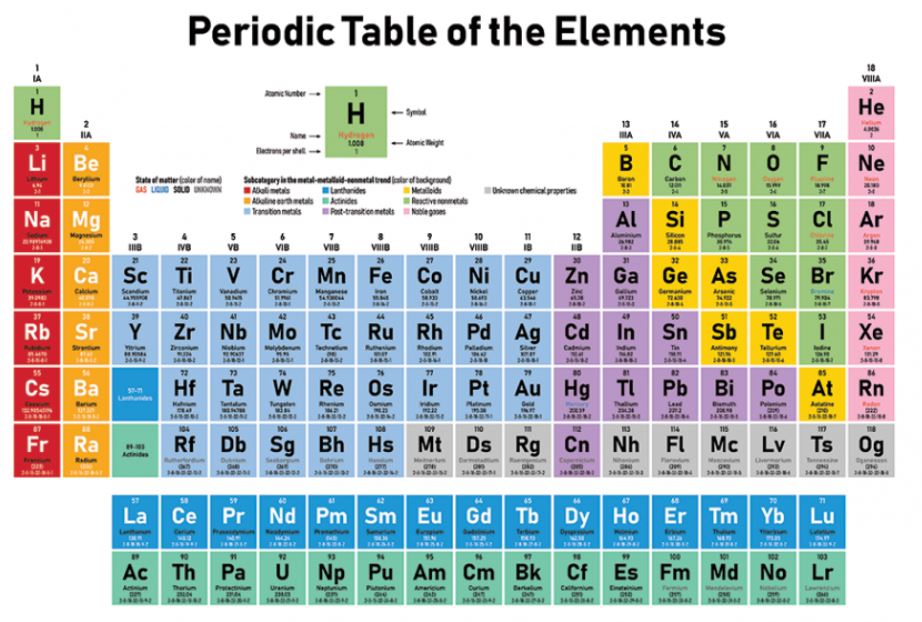Hello and welcome to Teach Kids Chemistry! Today, we will be discussing the fascinating element known as curium. Curium is a radioactive element that was first discovered in 1944 by Glenn T. Seaborg, Ralph A. James, and Albert Ghiorso. It is named after Marie and Pierre Curie, who were pioneers in the field of radioactivity. Curium has a number of interesting properties and uses, and we will explore them in a simple and easy-to-understand manner. So, let’s dive in and learn more about this unique element!
The Periodic Element Curium Overview
Curium is a synthetic element with the atomic number 96 and the symbol Cm. Its atomic mass is 247, and it has 151 neutrons, 96 protons, and 96 electrons. Curium belongs to the actinide series and is located in period 7 and group 3 of the periodic table. It is a solid at room temperature and is classified as a metal. Curium has an electronegativity of 1.3 and a specific heat capacity of 0.13 J/g·K. Its melting point is 1345°C, and its boiling point is 3110°C. The density of curium is 13.51 g/cm³.Curium was first synthesized in 1944 by Glenn T. Seaborg, Ralph A. James, and Albert Ghiorso at the University of California, Berkeley. It was named after Marie and Pierre Curie, who discovered radium and polonium. Curium is a radioactive element and is not found naturally on Earth. It is produced by bombarding plutonium or americium with neutrons in a nuclear reactor. Curium has several isotopes, with curium-244 being the most stable with a half-life of 18.1 years. Curium has several applications in nuclear research and is used as a source of alpha particles in X-ray spectrometry and as a heat source in space probes.
Everyday objects that contain the periodic element curium?
There are many everyday objects that contain chemicals or compounds that can be used to teach chemistry concepts. For example, water is a compound made up of two hydrogen atoms and one oxygen atom, and can be used to teach about chemical formulas and the properties of different elements. Salt, which is made up of sodium and chlorine, can be used to teach about ionic bonding and the properties of salts. Baking soda, which is sodium bicarbonate, can be used to teach about chemical reactions and the properties of acids and bases. Other examples include vinegar, which is acetic acid, and sugar, which is a carbohydrate. By using these everyday objects, students can learn about chemistry concepts in a simple and relatable way.
Differences in the periodic element curium across states of matter
The state of an element can vary greatly depending on its temperature and pressure. At standard temperature and pressure (STP), most elements are either solids or gases. Solids have a fixed shape and volume, while gases have neither. As temperature and pressure increase, some solids can become liquids, which have a fixed volume but take the shape of their container. As temperature and pressure continue to increase, some liquids can become gases, which have neither a fixed shape nor volume. At extremely high temperatures and pressures, some gases can become plasmas, which are highly ionized and conductive. Plasmas are often found in stars and lightning bolts, and have unique properties such as the ability to emit light.
Is the periodic element curium dangerous or radioactive?
Yes, curium is a highly radioactive element and is considered to be very dangerous. It is a synthetic element that was first produced in 1944 by bombarding plutonium with alpha particles. Curium is highly toxic and can cause severe health problems if ingested or inhaled. It emits alpha, beta, and gamma radiation, which can damage living cells and tissues. Due to its high radioactivity, curium is primarily used for research purposes and is not commonly found in everyday life. It is important to handle curium with extreme caution and follow proper safety protocols when working with this element.
Is the periodic element curium rare and expensive?
Yes, curium is a rare and expensive element. It is a synthetic element that is not found naturally on Earth and can only be produced in nuclear reactors or particle accelerators. Its production requires a significant amount of resources and expertise, making it expensive to obtain. Additionally, curium has few practical applications and is primarily used for research purposes, further contributing to its rarity and high cost.
Learn about all the elements with a periodic table!

